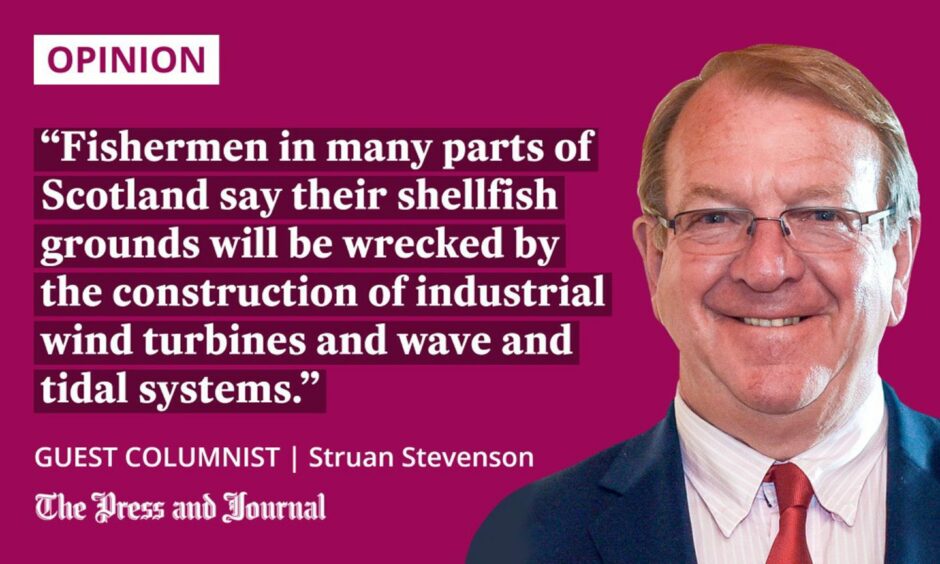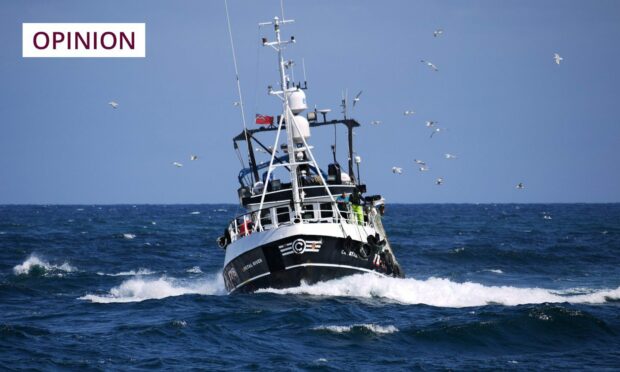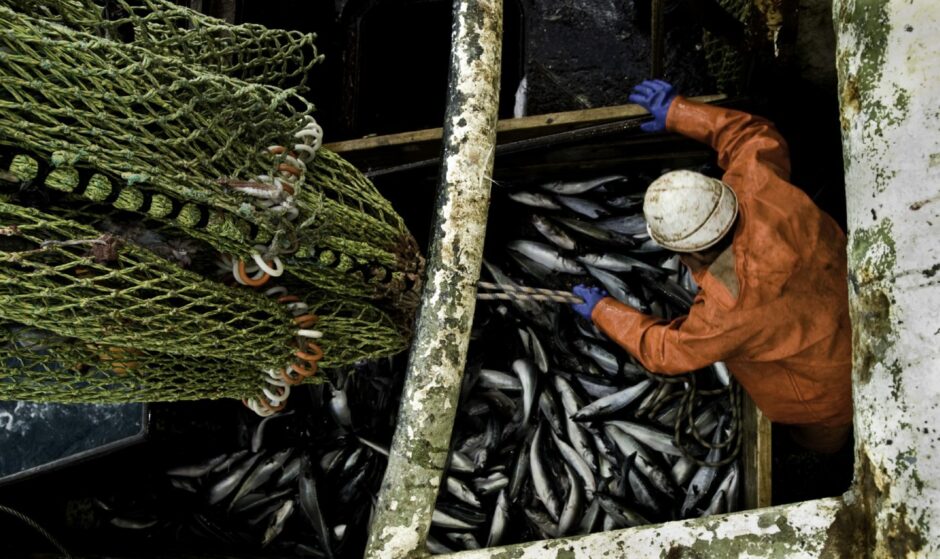The price of food is playing a key part in the cost-of-living crisis and Prime Minister Liz Truss will have to devote attention to the Scottish fishing industry’s major role in that process.
More than 60% of the UK’s total fish and shellfish catch is landed in Scottish ports. But our fleet is facing the double whammy of massive fuel costs, combined with a shrinking area of sea in which they can operate.
The Scottish government has encouraged an expansion of offshore renewables, primarily wind. Combined with the push for Highly Marine Protected Areas (HPMA’s), where fishing will be banned, particularly by scallop dredgers and prawn trawlers, there are fears in the industry that more than half of Scottish waters could be out of bounds for Scotland’s fleet by 2050.
A recent expert report commissioned by the Scottish Fishermen’s Federation (SFF) estimated that with at least 10% of Scottish waters being designated as HMPA’s and large areas zoned for renewables, there could be up to 260,000km2 (56% of Scottish waters) lost to commercial fishing within the next 25 years, threatening the survival of fishing businesses and causing severe harm to coastal communities.

Adding to the overall crisis is the decision of the UK government in July to impose a 35% tariff on Russian seafood imports, as part of a range of sanctions against Russia. Russia controls 45% of the global supply of whitefish, so the UK tariff will have a huge impact on seafood businesses who will now seek alternative sources of supply.
Sectors need to work together
Fishermen in many parts of Scotland say their shellfish grounds will be wrecked by the construction of industrial wind turbines and wave and tidal systems, while demersal and pelagic trawlers will be forced to relocate. They are crying out in anger. But rather than hurling threats and insults at each other, surely there must be ways in which the energy giants and the fisheries sector could work compatibly.
For example, rather than driving fishermen out of offshore wind farms, the infrastructure required on the seabed for industrial wind turbines could be adapted in ways that could enhance the recovery of whitefish and shellfish species, which could then be harvested by small boats.
In addition, the energy companies are paid millions in constraint payments when they switch off their turbines because the national grid is overloaded. Rather than paying them for not producing electricity, could they not be paid to use surplus renewable energy for producing and storing hydrogen through electrolysis? The hydrogen could then be sold to the fishing industry at subsidised rates to encourage them to convert their diesel engines to CO2 emission free hydrogen fuel cells. If you can’t beat ‘em, join ‘em!
Struan Stevenson was a member of the European Parliament from 1999 to 2014. He is an author and international lecturer on human rights and the Middle East


Conversation